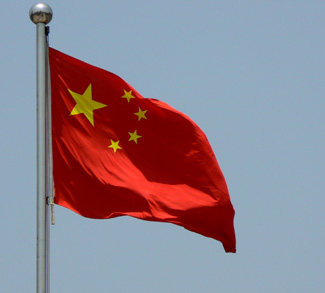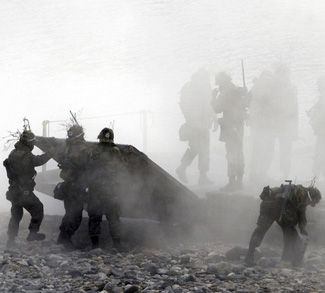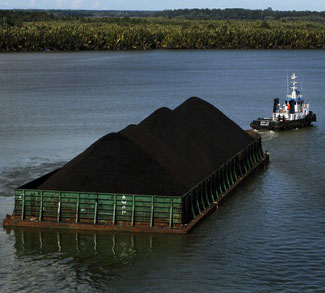FORECAST
Russian President Dmitry Medvedev’s visit to the disputed Kurile Islands off the north coast of Japan will surely set alarm bells off within the Japanese defense establishment.
President Medvedev’s visit- the first ever for a standing Russian leader- comes on the heels of a well-publicized spat between China and Japan over the Senkaku Islands in September. Planners in Moscow seem to think that now is a good time to press their advantage against a beleaguered Japan in the hope of settling the longstanding territorial dispute in Russia’s favour. That Medvedev eventually pushed forward on the Kuriles should come as no surprise, as he was fundamental in drafting a plan for massive infrastructure upgrades on the island chain back in 2006.
The Russian visit will no doubt contribute to a ‘siege mentality’ in Tokyo. Just this week, an East Asian Summit in Hanoi was derailed because of lingering after-effects from the Sino-Japanese Senkaku spat, and while Beijing has decided to end its embargo on rare earth exports to Japan, the damage has already been done.
Tokyo’s struggle with China’s rise and now Russian opportunism begs the question: how is Japanese foreign policy going to respond? First and foremost, Tokyo will seek to strengthen alliances throughout Asia, primarily with countries that share apprehensions over China’s rising power and influence in the region.
Vietnam is one such country, and the United States has also been moving into the space created by Hanoi’s China complex. In the wake of the rare earth embargo, the Japanese government found itself desperately looking outwards for new sources of these crucial minerals. They eventually found a new future source in Vietnam, which signed a deal with the Japanese government to provide rare earth minerals in exchange for nuclear assistance from Tokyo.
India also makes for a natural partner for Tokyo. Just like the encirclement of India being achieved by Beijing’s warming up to Pakistan and Burma, India is looking to Japan as a way to diminish China’s ability to deploy much of its navy in the Indian Ocean; a body of water that India views as its own backyard. In an editorial appearing in today’s The Japan Times, Harsh V. Pant outlines the need for defense cooperation between India and Japan:
“Given the likelihood that the presence of the U.S. Navy in the South China Sea might shrink in coming years because of economic constraints, Japan should encourage a larger role for the Indian Navy in the South China Sea even as there is an urgent need for the Japanese Self-Defense Forces to expand their presence in the Indian Ocean.”
This view follows a pretty simple logic: since both India and Japan fear a powerful PLA Navy, both should share the burden of balancing against Beijing in their respective backyards.
Of course, if one reads the writing on the wall it gives a detailed account of the demise of former Prime Minister Hatayama’s attempt to ‘join Asia’ and move away from security dependence on the United States. Just how much the US Navy shrinks, as Dr. Pant touched down on, is the crucial unknown factor in determining what East Asian security landscape will look like when the dust settles. Until the new US role is known, look to Japan to solidify ties with the Washington and any other Asian power that’s interested in hedging its bets against China’s rise.
Zachary Fillingham is a contributor to Geopoliticalmonitor.com



